Greetings to all tech enthusiasts out there! In this blog, we'll take a quick dive into the impressive performance of the Talkpod A36 Dual Band Radio, particularly its wide band reception capabilities.
Encountering Bristol Airport's Airband with Talkpod A36
Residing near Bristol airport has offered an exceptional chance to put the Talkpod A36's airband reception to the test, allowing us to listen to the communication between the airport and overhead airplanes.
Airband: Frequencies and Modes
Before we proceed, let's talk about accessing the airband mode on Talkpod A36. Here's a simplified guide. The journey begins by shifting to the VFO (Variable Frequency Oscillator) mode, enabling manual entry of desired frequencies.
To transition into the VFO mode, make sure you're not in the channel mode. If you are, hold down the mode button to switch. You'll also spot an A/B button for toggling between the main and secondary channels.
Upon entering your frequency of interest - '125', for instance - Talkpod A36 automatically places you in the AM mode. Remember to turn off any CTCSS (Continuous Tone-Coded Squelch System) or DCS (Digital Coded Squelch) settings to ensure crystal clear reception.
A Portal to the Airwaves
The Talkpod A36 showcases outstanding performance across air bands. Tuning into 132.475 AM, I discovered one of the regular transmissions was weather information. Switching to other frequencies, such as 125.650, revealed intriguing dialogues between the airport and aircraft.
Hearing a conversation about an altitude change to 2,005 feet or specific navigational points offers a fascinating window into aviation's dynamic world.
Wrapping Up
The Talkpod A36 goes beyond being a dual-band radio. It's a portal to a myriad of captivating communications, serving as a reliable tool for hobbyists and professionals. As you explore this realm, please remember to respect all relevant regulations and communication privacy.
That concludes today's exploration of airbands with Talkpod A36. Until the next adventure, happy listening!
(PS: Thanks for Andreas's video, and don't forget to subscribe for his channel)

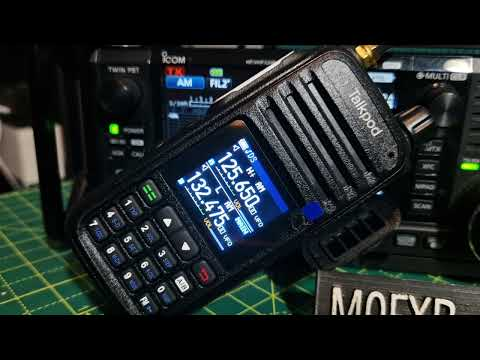
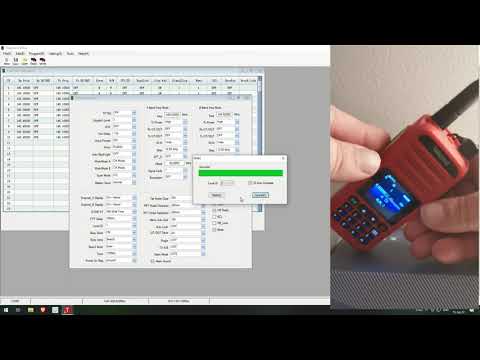
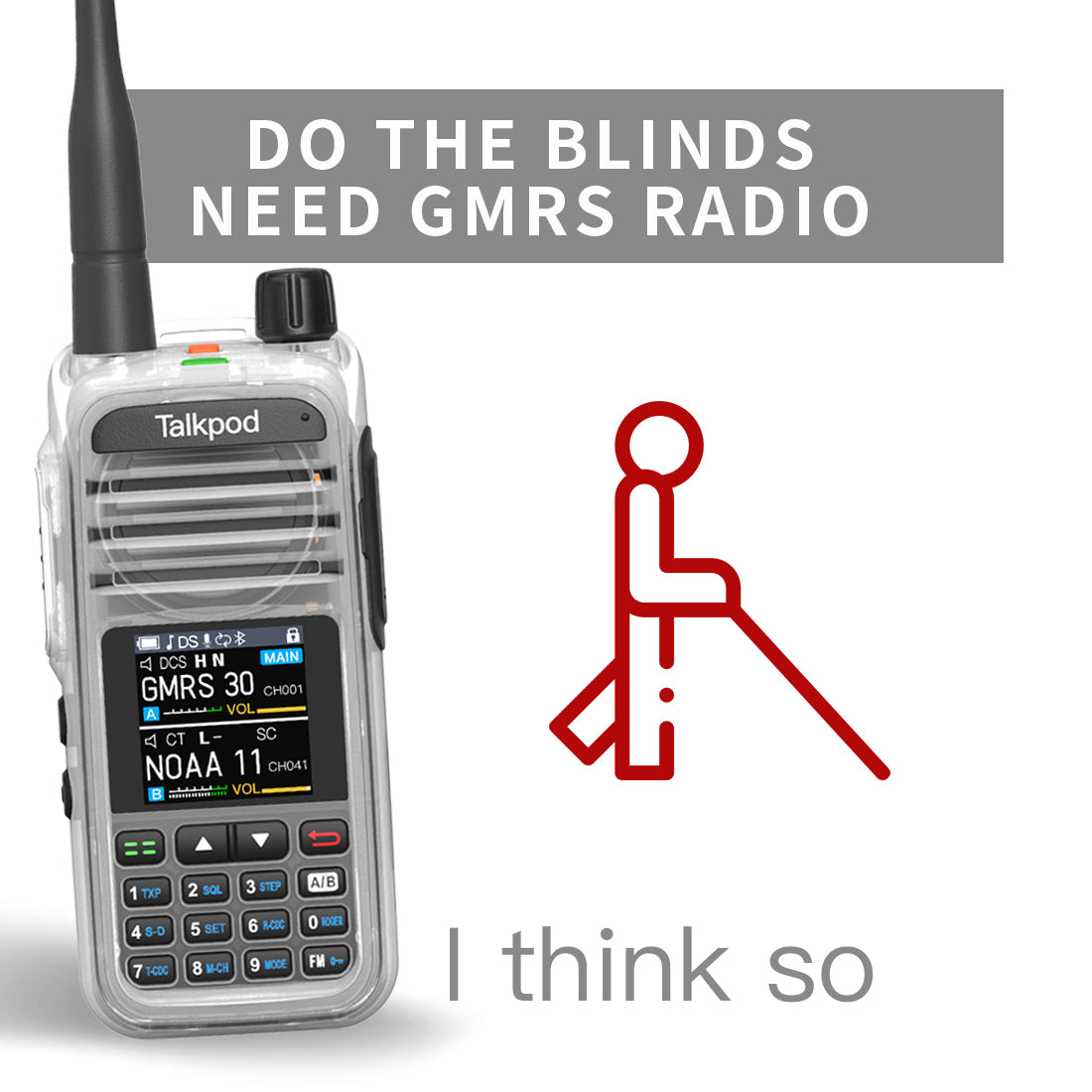
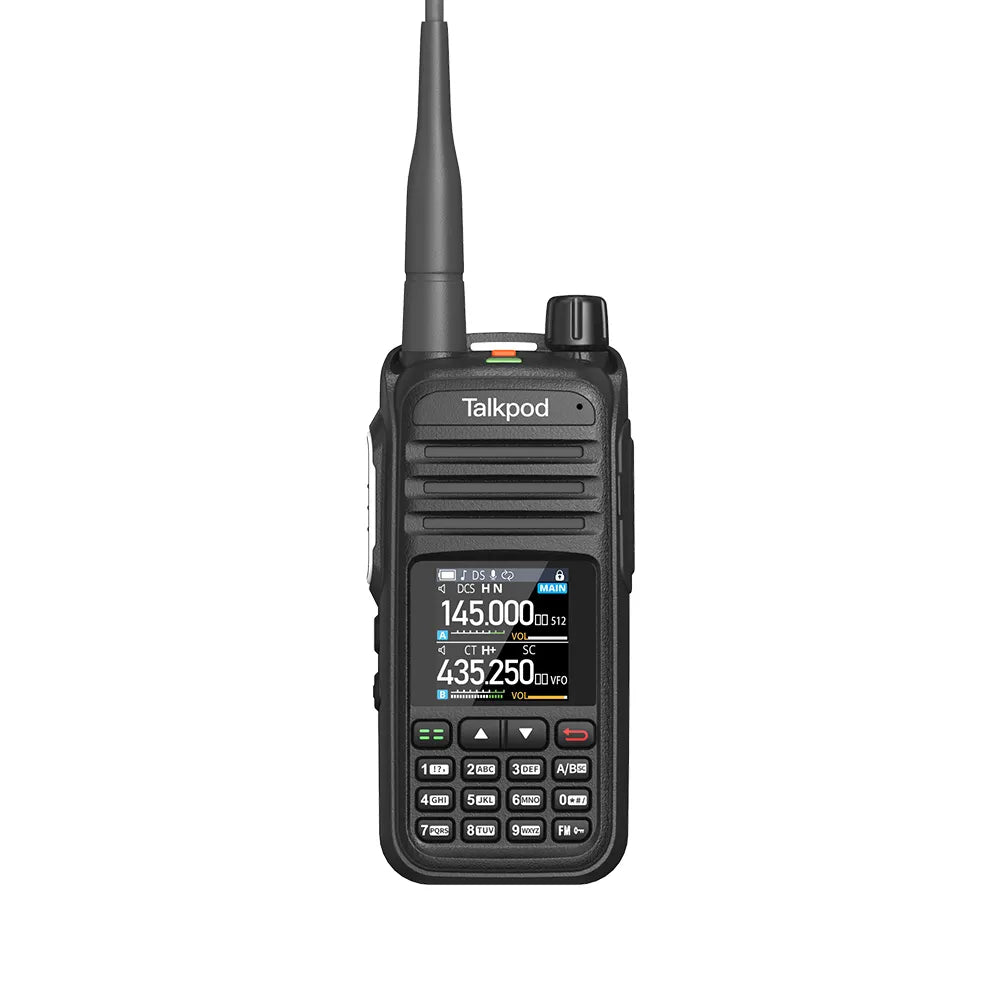
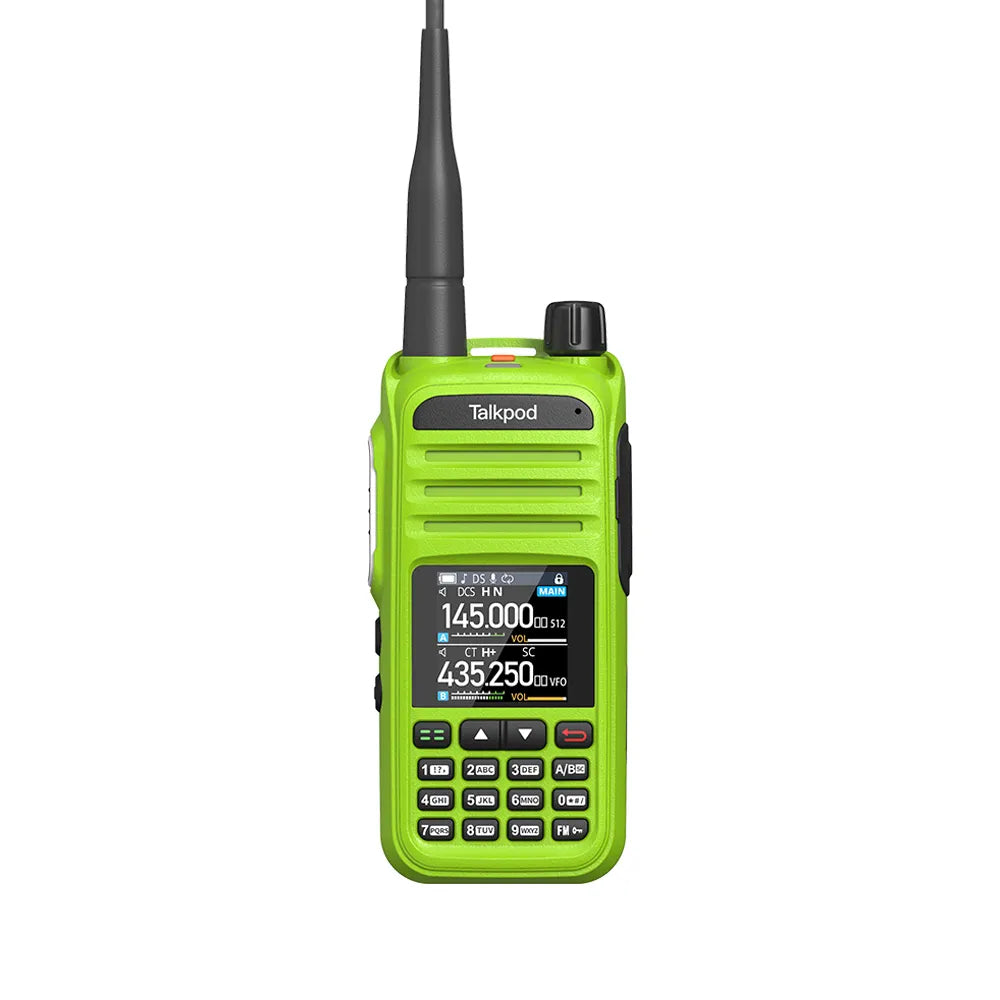
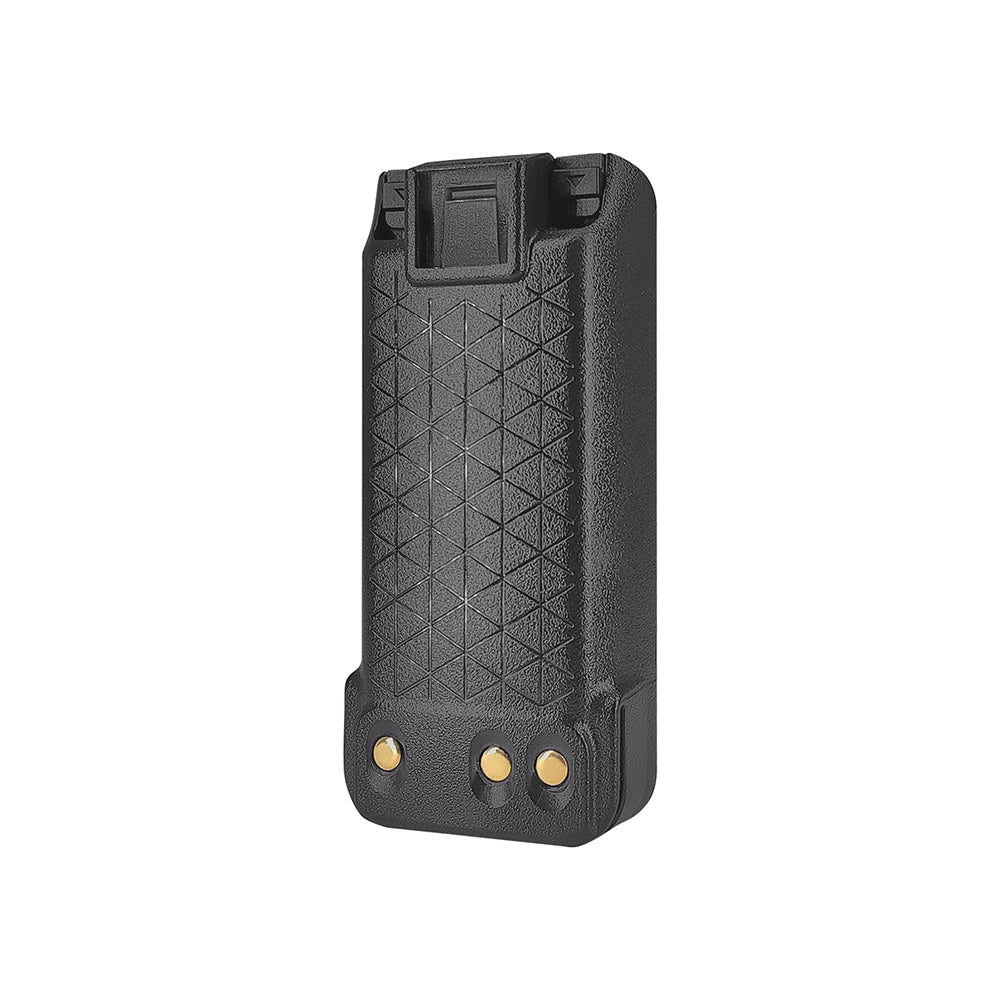
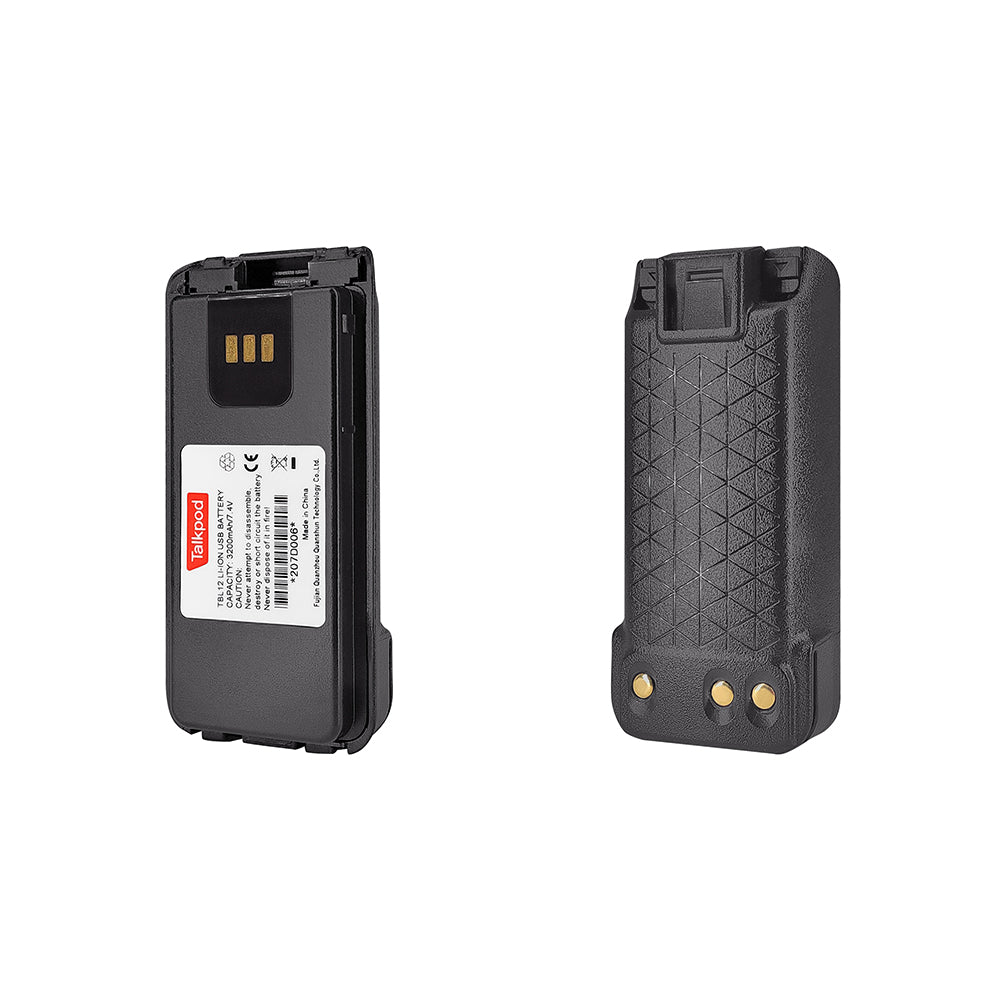
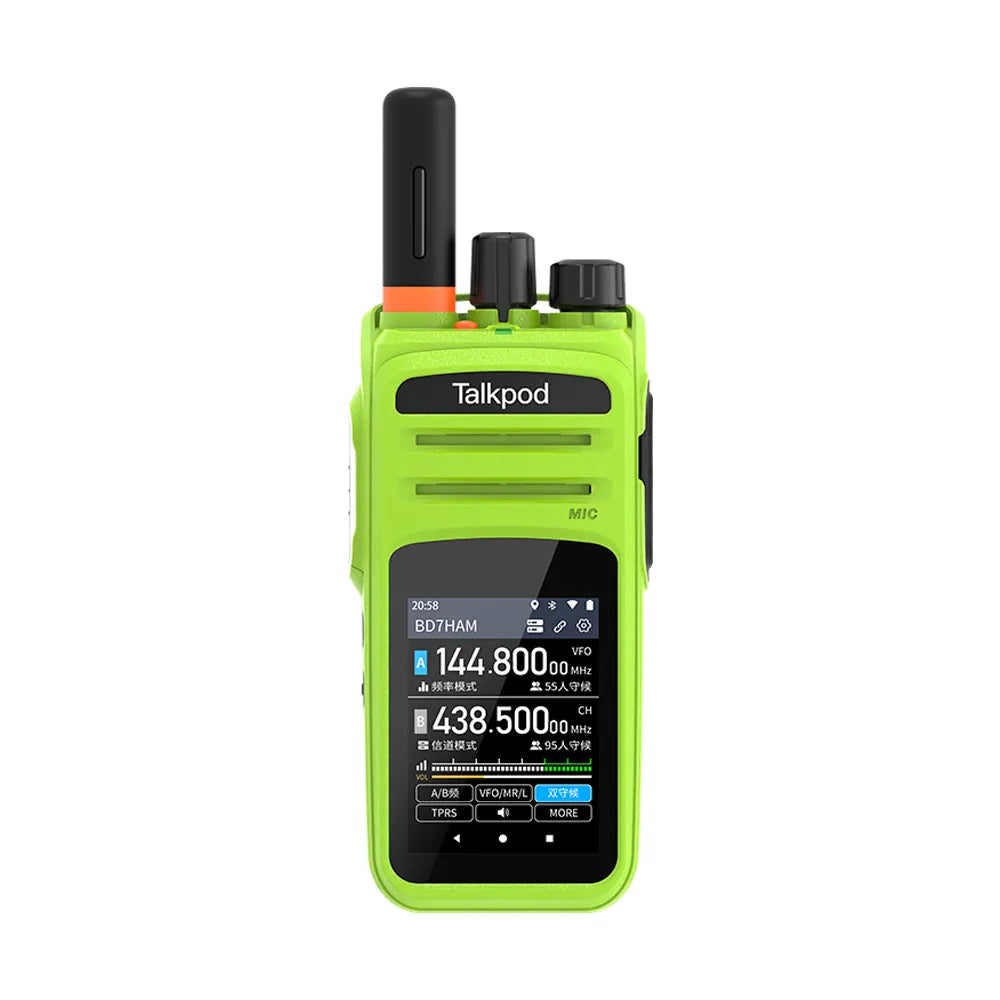
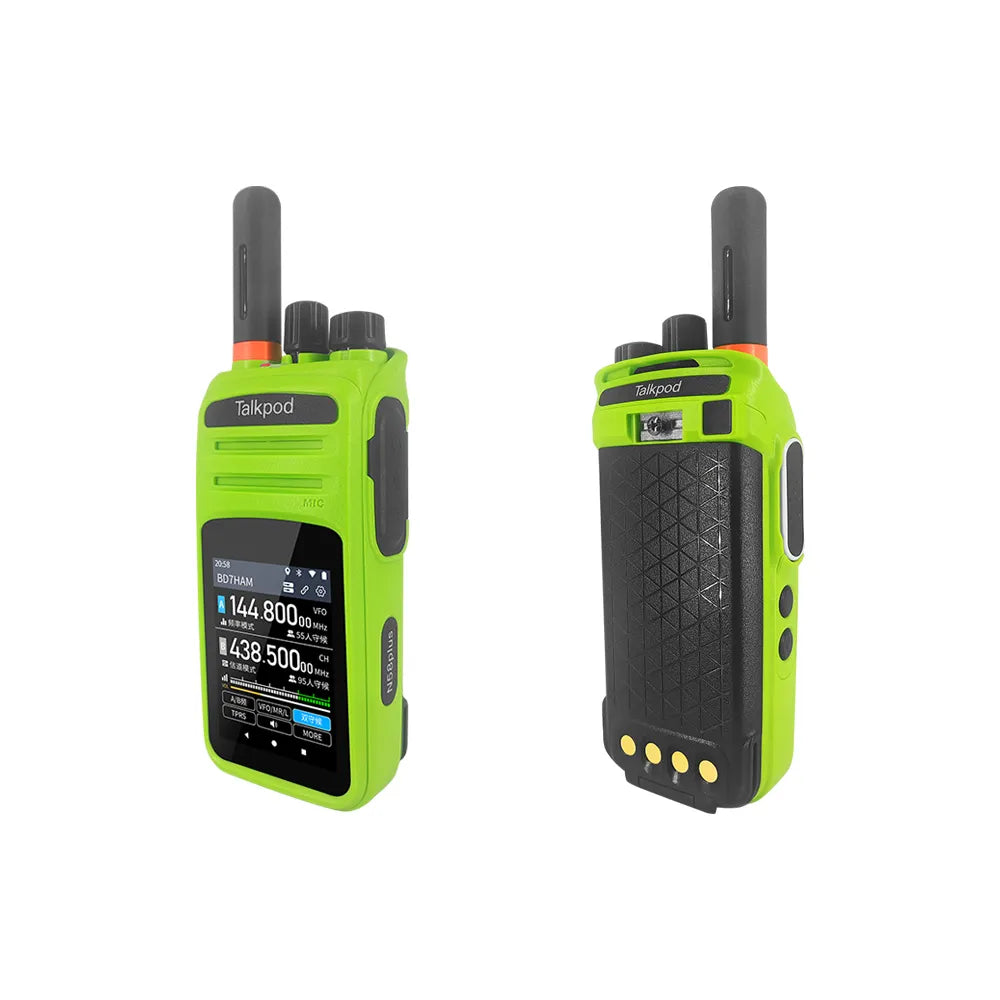
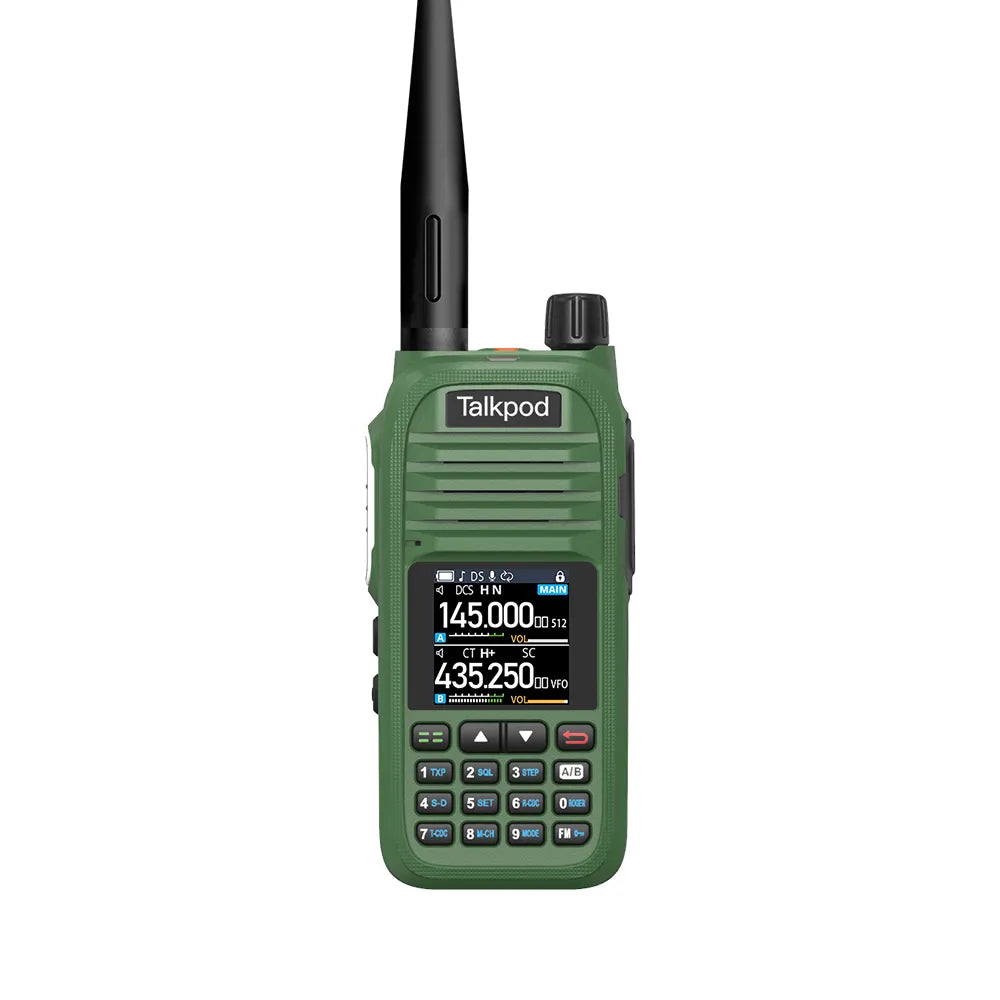
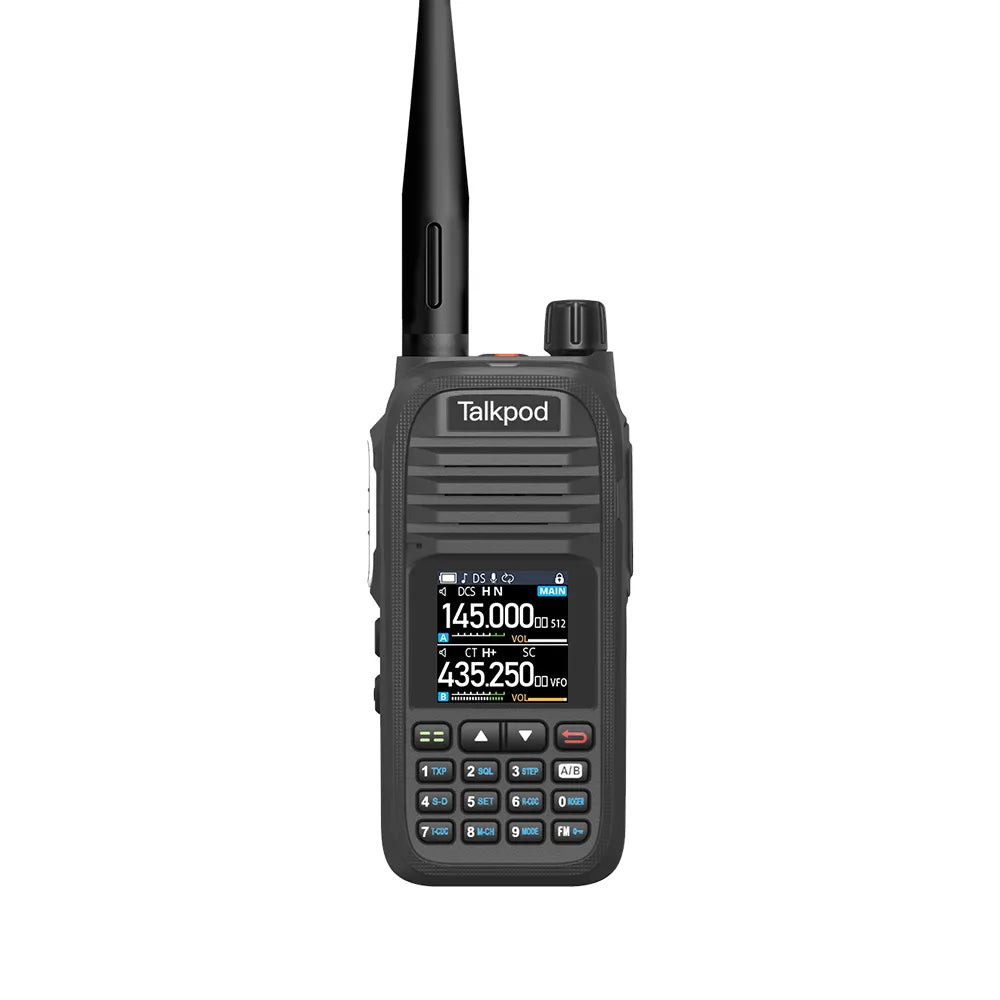
1 comment
Ivan
How to store airband frequencies to bank B of memory? In A memory I have stored 16 PMR channels, so I want use B for local airbands. Among “key features” a I found: "512 Channels (Each A/B has 256) " but user manual mentions only 256. No matter what A or B as “main” is selected, menu function MEMCH stores frequency to same memory bank.
I would also appreciate information how to access blue functions on keypad.
Leave a comment
All comments are moderated before being published.
This site is protected by hCaptcha and the hCaptcha Privacy Policy and Terms of Service apply.